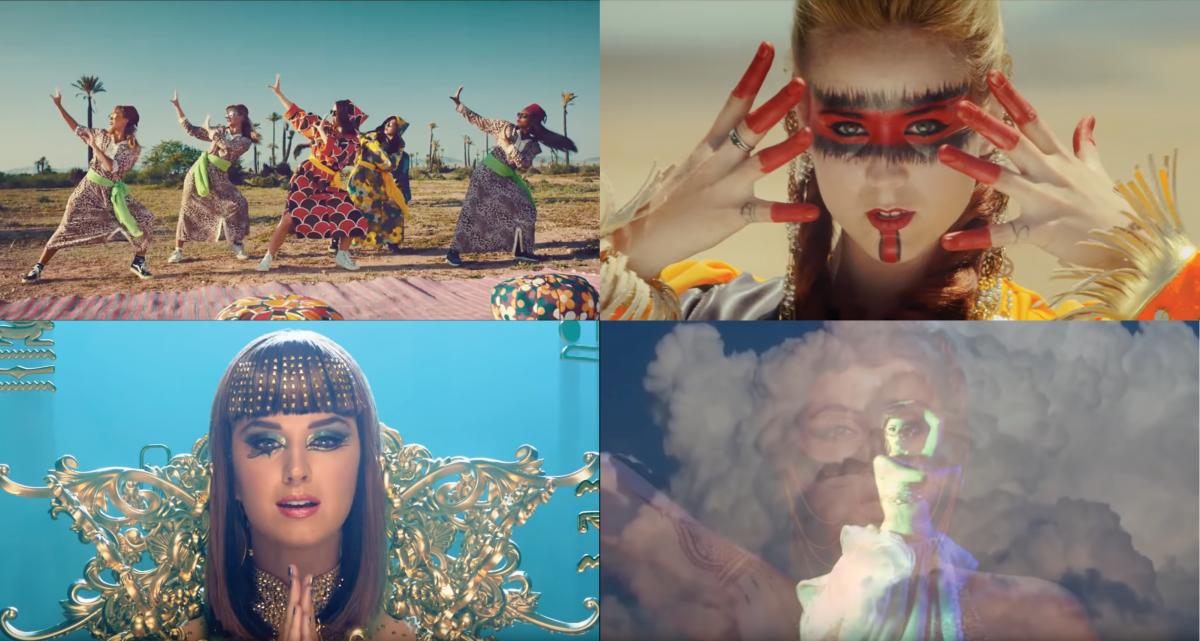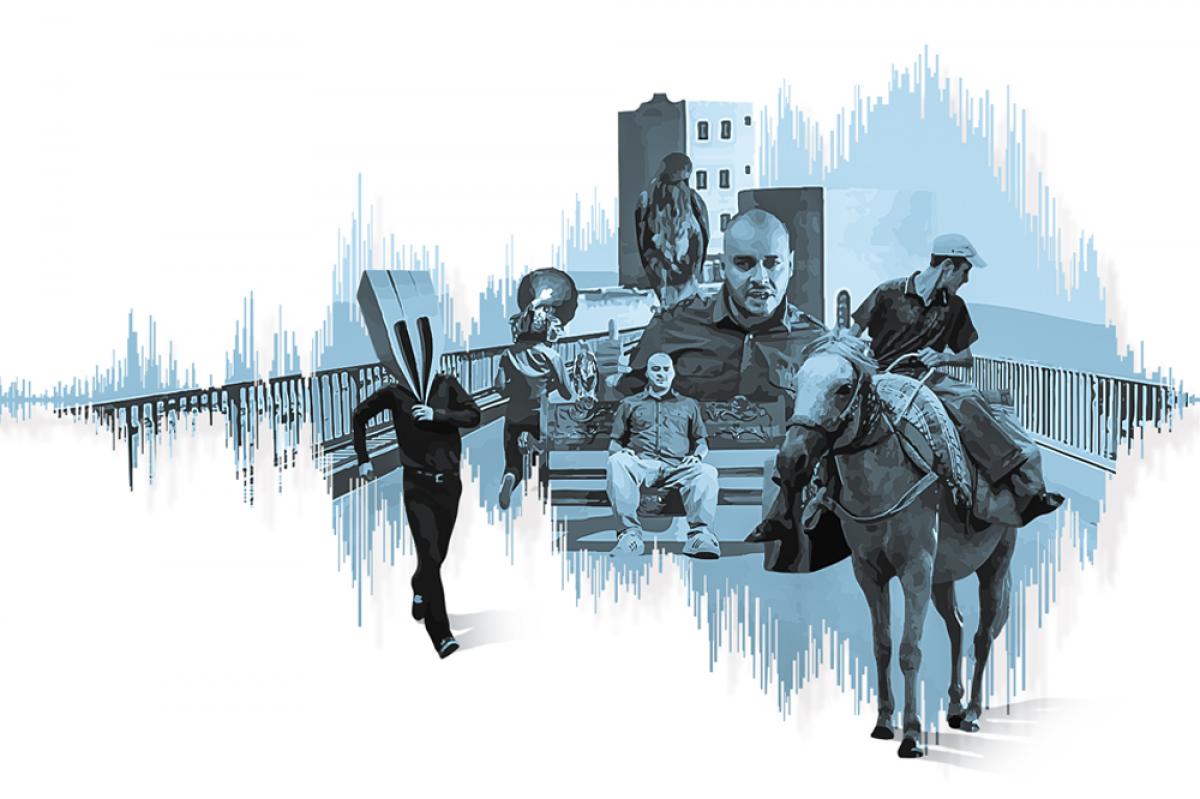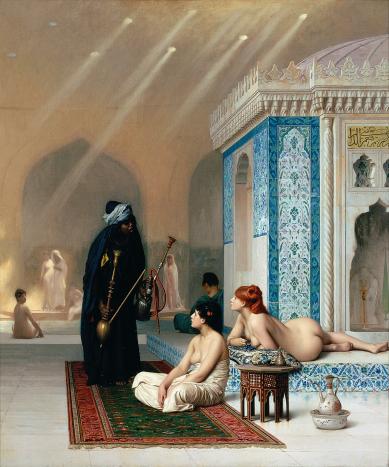
Self-Orientalism in Arab Pop Music
When Saad Lamjarred’s hit song «Lm3allem» topped the charts with more than eight hundred million views and became one of the most famous Arab songs worldwide, reinterpreted in English, Hindi, and Korean, little attention was given to the self-Orientalist imageries that were propagated by this song. If anything, argues political scientist Nermin Abbassi, this music video is another invitation to further endorse the global trend of Orientalist consumerism in the audio-visual field.
Here is a small experiment one should do when discussing self-Orientalism in Arab pop music: watch Katy Perry’s music video «Dark Horse» without focusing on the lyrics or who the singer is and apply the same process to Myriam Fares’ song «Aman» or better yet, Saad Lamjarred’s songs «Ghaltana» or «Lm3allem». Will you be able to tell the backgrounds of these artists apart or even spot major differences?
The Reinvigoration of the Oriental
The answer is probably no. These music videos share analogous postmodernist décor glued to ahistorical Orientalist imageries of exotified objects, women, and essentialist cultural representations; though one should state that Arab artists do add an extra creative layer to it.
Myriam Fares’ song «Aman» features a 500-year old poetry verse mixed with electronic music, in a video themed around an «exotic Oriental woman» in different belly dancers’ costumes, with mystical digital effects of a turning Sufi dervish.
In Saad Lamjarred’s music video, a «modern nomad» chases after «indigenous exotic women» to «tame» her in the Moroccan desert, with Pepsi advertisement in the background. The women in this video are actually foreign models. In his other music video, «Lm3allem», Lamjarred this time features extravagantly-styled local models wearing overly-patterned and colourful djellabas.1 All this imagery revolves around a common theme: a reinvigoration of the Oriental and its Westernization in order to become «cooler» and modern, which accordingly results in an overall alienation of the local culture.
When Arab TV Propagates a Western Way of Life
This self-Orientalist imagery in Arab pop music is (or rather becomes) a normalized Western mediated imagery of the Orient that is rebranded to fit into the postmodern trend of the global music industry. However, modern Arab pop music’s high influence by Western musical and visual technologies and styles in addition to Orientalist imagery didn’t occur in a vacuum. The Orientalist imagery in music videos cannot always be explained by either a strategic or a naïve choice of the singers, rather it is simply how the industry works.
Music videos in the Arab world have been the catalyst for growth in the Arab satellite television and entertainment industry since the 1960s. The same music videos and tracks are recorded for companies and mass media moguls whose ultimate ownership is American. One striking example is Rotana, one of the biggest music recording companies and content distributors in the Arab world, which is partly owned by the American entertainment corporation 21st Century Fox. This is but one of many examples where multi-international corporations such as MTV, Coca-Cola, and Pepsi started investing in entertainment and cultural production venues in the Arab world. Reality music shows such as Star Academy, Arab Idol, and The Voice became the norm in Arabic pop culture, jointly propagating and promoting an overall Western narrative on how people should live, look, drink, and listen.
Therefore, if Arab pop music wishes to join this industry, it needs to pay a participation fee: selling histories and creating marketable and attractive identities that sensationalize heritage, linking it back to an imagery of the Orient in the pre-colonial period, thereby making it easily consumable at the global level. What self-Orientalism does at the end of the day is to reproduce a by-product of the whole globalist commodification of culture that is inherent in the international Western music industry.
- 1. A traditional North African clothing, especially in the Maghreb region that is worn by both women and men. It comes as a long gown with sleeves and a hood and it is usually a day-to-day garment.
Bibliography
This commentary has been written in the context of «DisOrient: Welcome to the Hall of Mirrors». A virtual music video exhibition by Norient for Mannheimer Sommer (July 12–22, 2020). Because of the Corona pandemic, the festival took place as a virtual event.
Biography
Published on July 09, 2020
Last updated on August 21, 2020
Topics
Does one really need the other in order to understand oneself?
From Self-Orientalism in Arab music to the sheer exploitation of Brazilian funk music by acclaimed artists: how exotica examine aesthetics playing with the other and cultural misunderstandings.
About fees, selling records, and public funding: How musicians strive for a living in the digital era.
Special
Snap


